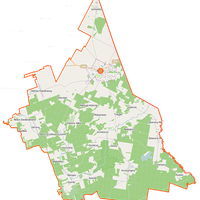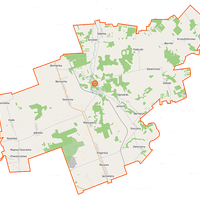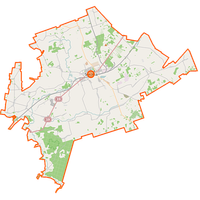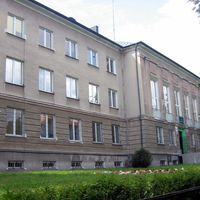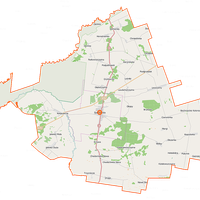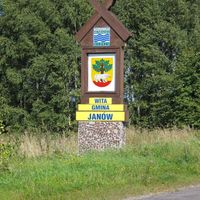Sokółka County
7.08
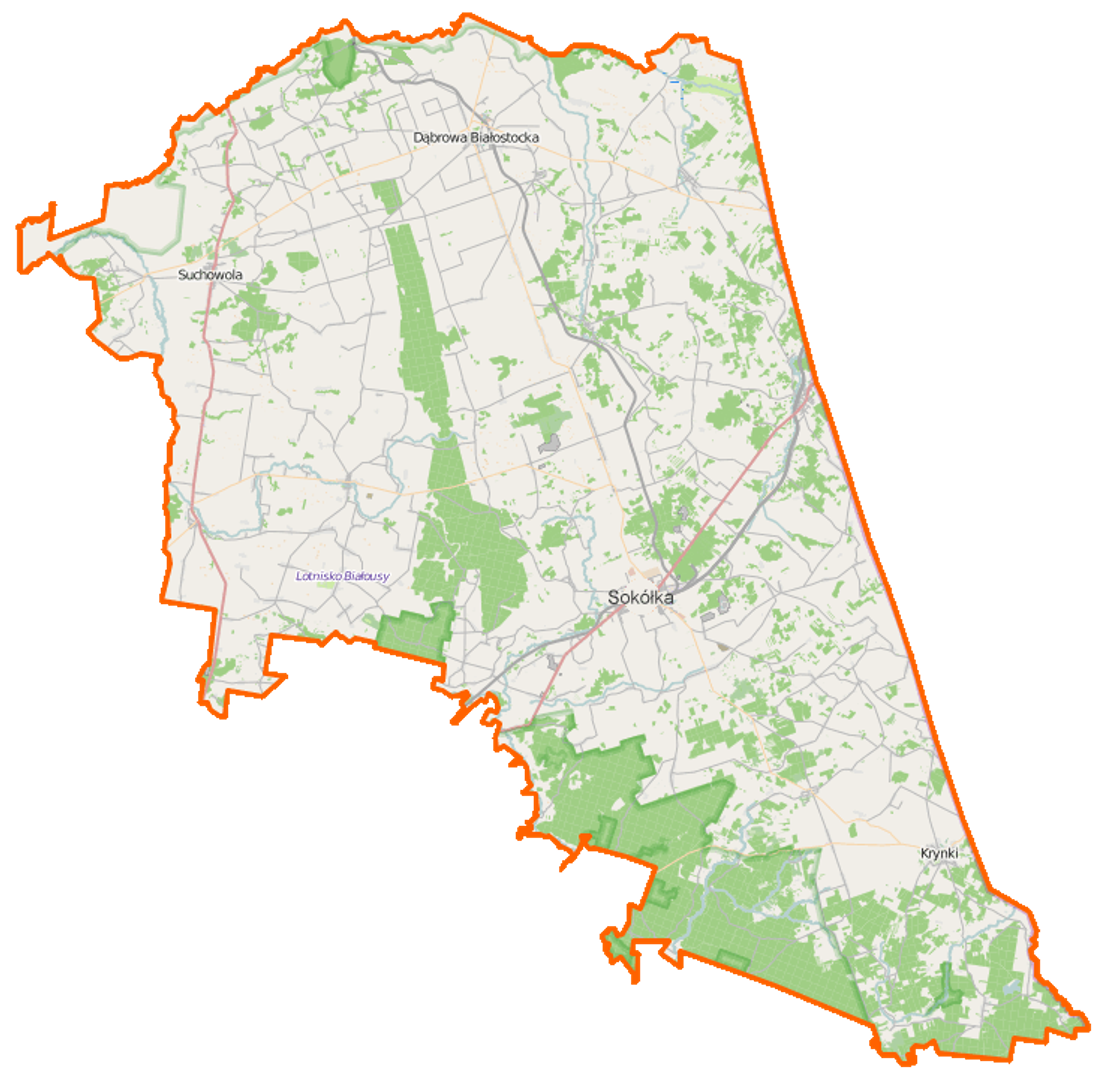
Overview
Sokółka County, located in the Podlaskie Voivodeship, was established in 1807 and reinstated in 1999. Its administrative seat is the town of Sokółka. The county was historically part of the Białystok Oblast, which was transferred from Prussia to Russia following the Treaty of Tilsit. It comprises the urban-rural municipalities of Dąbrowa Białostocka, Krynki, Sokółka, and Suchowola, as well as the rural municipalities of Janów, Korycin, Kuźnica, Nowy Dwór, Sidra, and Szudziałowo. The county also includes four towns. According to data from the end of 2019, the population was 66,686, which decreased to 66,286 by 2020. Since 2022, the "Land of Four Cultures" association has been active, aiming to support local rural development. The terrain of the county is undulating and hilly, with elevations reaching up to 240 meters above sea level. These landforms originated during the Pleistocene, when glaciers shaped the landscape, creating ridges and hills. The flattest areas are found near Sokółka. The region features an area known as "Sokółka Switzerland," characterized by significant elevation differences. Soils in the county vary from dry sands to podzols, with the best-quality soils located in the municipalities of Korycin, Janów, Dąbrowa, and Suchowola. The county lies within the watersheds of the Vistula and Neman rivers, with its main rivers being Sokołda, Brzozówka, Biebrza, and Łosośna. In 2012, demographic data indicated a diverse age structure among residents, and in 2019, the number of registered unemployed persons was 2,600, with an unemployment rate of 9.7%. Sokółka County borders the counties of Białystok, Mońki, and Augustów. The region stands out for its rich history, attractive landscape, and cultural diversity, making it an interesting place for both residents and tourists.
Location
Country
2025 Wizytor | All Rights Reserved
